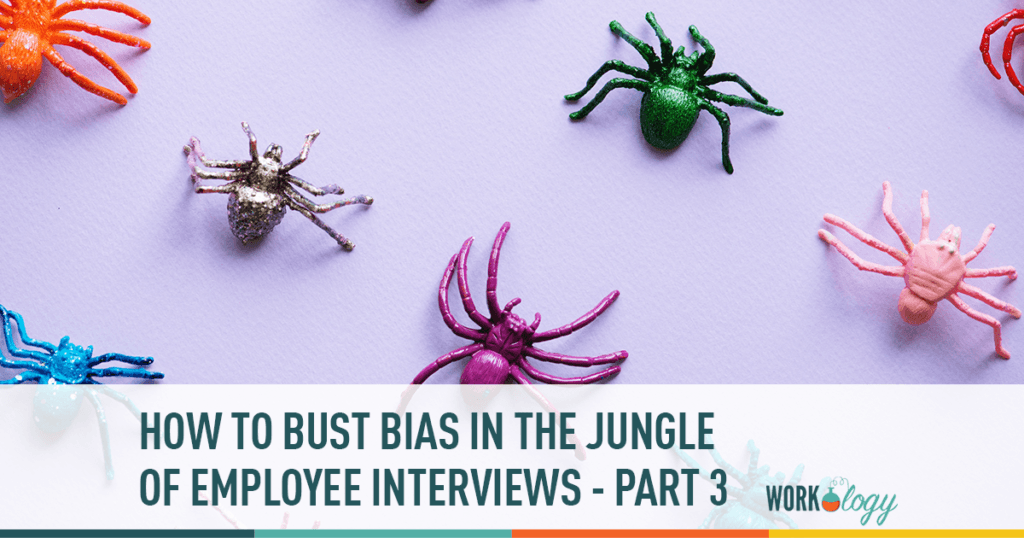In part 1 of this series, we discussed cognitive bias and how it impacts the interview process. Part 2 was a deeper dive into how we can minimize these biases using Structured Behavioral Interviews. In this final section, we’ll discuss how technology is currently being used to counteract bias.
Technology Options for Addressing Cognitive Bias
Depending on your budget, you may be considering how to add in more innovative recruiting technology to your process to fight bias and give your teams better confidence in their hiring decisions. You may already be exploring the vast, virtual jungle of high-tech selection and interview tools, including ones that do analysis on tone of voice, micro facial expressions, and word choices. Many AI tools sprouting up have roots in platforms such as IBM’s Watson, Microsoft’s Machine Learning Studio, AWS’s SageMaker, or the open-source project jointly developed by Microsoft, Amazon, and Facebook: Open Neural Network Exchange (ONNX).
What to Watch Out For
The idea with Artificial Intelligence is that smart algorithms using more and more data can better predict the potential of people than humans. However, as has been widely reported, AI has been shown to learn the same biases humans already have. AI quickly learns what we like because we train it to predict what we like. In hiring, where bias is already evident, we guide machine-learning models down the same path as human interviewers by providing data that is predictive of future success without inadvertently encoding bias. When sifting through these new recruiting technologies, consider not only their predictive capabilities, but also their impact on candidate experience and likelihood of adoption by your hiring teams.
Even if you opt to stay low-tech for now, the good news is that you will still improve hiring results by bringing more awareness and rigor to the process using the tried and true structured behavioral interview, which we discussed in part 2. Despite the growing abundance of new tools, decades of research show that SBIs are valid for predicting performance and that candidates trust them.









